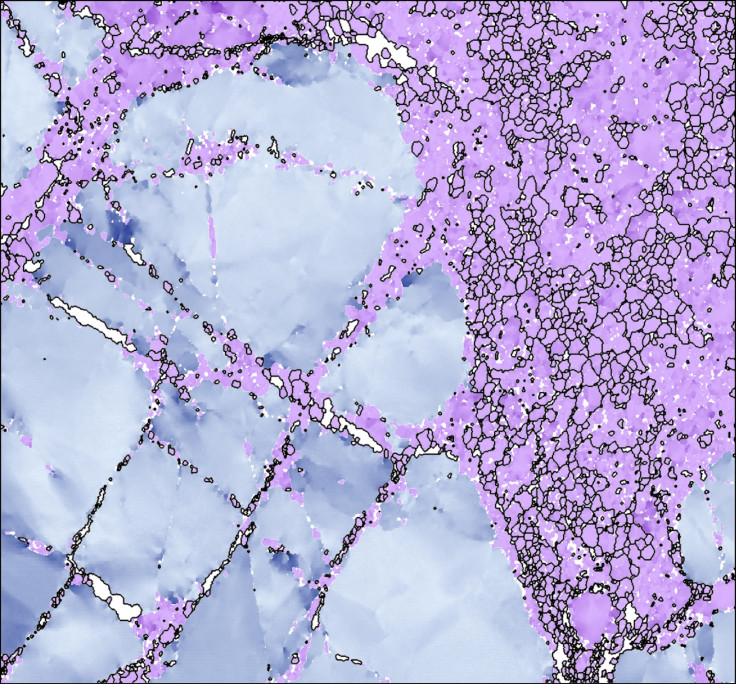How to track down an earthquake that happened 420 million years ago using precious stones
Garnets took in radioactive impurities when an earthquake shattered them, allowing geologists to put a date on the event.
A collision of the continents that became modern-day Greenland and North America on one side and Europe on the other caused massive seismic activity 420 million years ago, garnets found in Norway reveal.
There are few geological signs that can be used to identify an earthquake that happened hundreds of millions of years ago. One way is finding melted rock surfaces at the fault where two parts of the crust leapt past each other, releasing enough heat to melt the rock into a mirror-like surface. However, these surfaces often degrade as they become closer to the surface over geological time.
A new marker that can be used to find ancient earthquake sites is in garnets, according to a paper published in the journal Science Advances. Garnets – which are formed deep in the Earth's mantle – are usually a deep red or orange precious stone.
If garnets are found in rock next to the fault, they are blasted by extremely high temperatures and pressures during an earthquake.
"This affects the garnet to such an extent that individual crystals break down into hundreds or thousands of parts, but the stone retains its overall shape," study author Bjørn Jamtveit of the University of Oslo told IBTimes UK.
As the garnet stones shatter, they take in debris and other minerals. "During the earthquake there were new minerals forming and the growth of these minerals so these captured some uranium."
Radioactive uranium decays to lead, so by measuring the amount of lead in garnet stones that had been buried about 50 kilometres beneath the surface, towards the bottom of the Earth's crust, the researchers could put a date on the event of the earthquake.
The amount of slippage between layers of rock could also give an indication of how large the earthquake was.

"The slip is of half a metre or so, suggesting an earthquake of about magnitude 6 or 6.5 – quite a significant earthquake," Jamtveit said. "There were no humans living 420 million years ago, but the animals at the surface of the Earth would have been able to feel it."
Using garnets could allow researchers to discover further ancient earthquakes.
"This is something we can use later to look at some other rocks if we didn't know whether or not there had been an earthquake," Jamtveit said. "It's a new kind of marker. And one that's especially useful to look in earthquakes happening so far down."

© Copyright IBTimes 2025. All rights reserved.






















